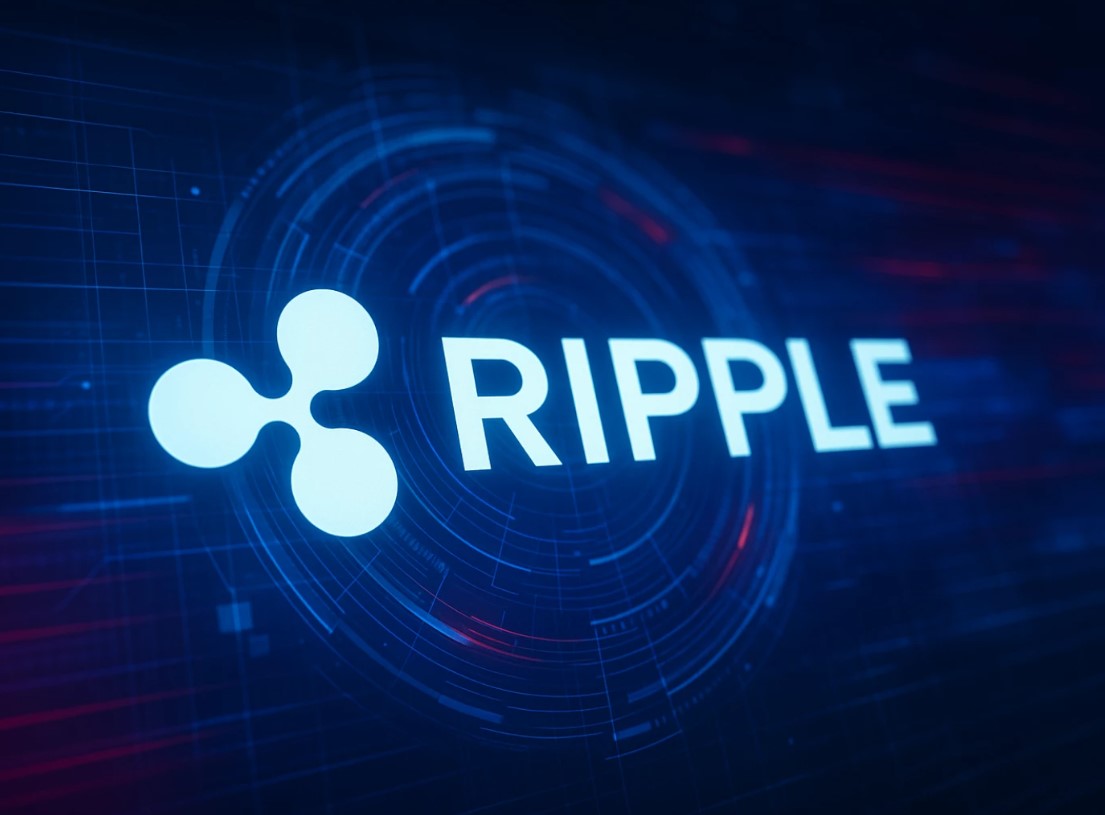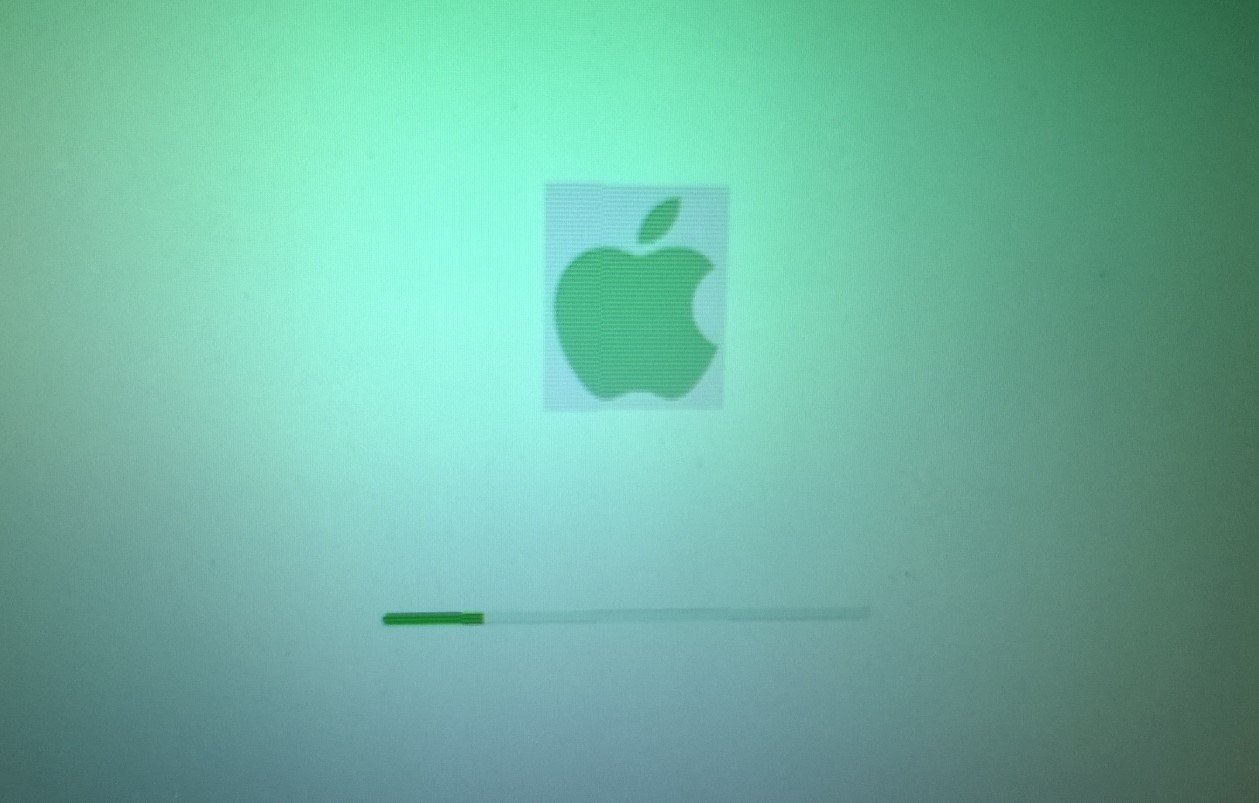News
XRP Poised for Big Gains as Ripple Eyes SWIFT’s Global Payment Market
XRP’s comeback story has been one of crypto’s most surprising this year. The token, long shadowed by regulatory troubles, is now emerging as one of the most promising players in cross-border payments, riding a wave of renewed confidence, fresh partnerships, and a global appetite for faster, cheaper transactions.
XRP Rides a Wave of Renewed Optimism
After years of legal uncertainty, XRP has surged to become the world’s third-largest cryptocurrency by market capitalization, trailing only Bitcoin and Ethereum. With its value hovering near $2.41 and a total market cap approaching $152 billion, XRP has more than tripled in price since late last year.
The catalyst was political as much as technological. Following Donald Trump’s return to the White House in November, the crypto market rallied on hopes of a friendlier regulatory climate. Soon after, the Securities and Exchange Commission dropped several of its lawsuits against crypto companies, including Ripple Labs. That single move marked a turning point for XRP, freeing it from a multi-year legal battle that had weighed heavily on investor sentiment.
“The removal of that uncertainty opened the floodgates,” said one analyst tracking digital assets. “XRP’s use case suddenly looked viable again in the real financial world.”
Ripple’s Real-World Utility Boosts XRP’s Credibility
Ripple’s blockchain network, which powers XRP, can process up to 1,500 transactions per second. This makes it one of the most efficient crypto networks for moving funds across borders. Its appeal lies in solving one of banking’s oldest problems — the slow and costly process of international payments.
Ripple’s clients include several traditional financial institutions that use its technology to send money across more than 90 markets. The firm’s On-Demand Liquidity service allows banks to settle payments instantly, without needing to pre-fund foreign accounts. This unlocks capital that would otherwise sit idle in overseas accounts, helping banks operate more efficiently.
For example, Spanish banking giant BBVA has integrated Ripple’s payment technology to streamline transfers between Europe and Latin America. Others, including banks in the Middle East and Asia, are reportedly piloting similar systems.
This model is Ripple’s biggest selling point — and a direct challenge to SWIFT, the global messaging network that has dominated cross-border payments for decades.
Ripple Takes Aim at SWIFT’s Dominance
Brad Garlinghouse, Ripple’s CEO, has made no secret of his ambition to eat into SWIFT’s market share. SWIFT, short for the Society for Worldwide Interbank Financial Telecommunications, connects over 11,000 financial institutions and processes trillions in payments daily. But despite its reach, the system remains slow and costly, often taking several days for transfers to clear.
Ripple’s solution allows banks to complete transactions almost instantly. More importantly, the combination of XRP and Ripple’s new stablecoin, RLUSD, enables liquidity on demand — something SWIFT lacks.
In Garlinghouse’s view, that difference could redefine how global money moves. “We are building the internet of value,” he has said in past interviews. “Our goal is to make payments as seamless as sending an email.”
If Ripple succeeds in capturing even a small portion of SWIFT’s traffic, the implications for XRP could be huge. Increased adoption would mean higher demand for the token as it fuels real-world payments, potentially pushing its price higher.
| Comparison Metric | Ripple (XRP Network) | SWIFT |
|---|---|---|
| Average transaction time | 3-5 seconds | 1-3 business days |
| Daily operating hours | 24/7 | Limited banking hours |
| Liquidity model | On-Demand (via XRP) | Pre-funded accounts |
| Transaction transparency | Real-time tracking | Batch processing |
Challenges Still Linger in the Path Ahead
Despite the strong momentum, questions remain about how widely XRP is being used in real-world transactions. While Ripple boasts several partnerships, the company has not disclosed detailed data on payment volumes processed through its system.
Competitors in the blockchain space are also catching up fast. Newer networks, such as Solana and Stellar, claim to process even higher transaction speeds at lower fees, creating a crowded race for dominance in the payments market.
There’s also the issue of perception. Some banks remain cautious about adopting crypto-linked systems for regulatory or reputational reasons, particularly in countries where digital asset policies remain unclear.
Still, analysts say the broader trend favors innovation. “Global payments are shifting,” said a finance researcher based in London. “SWIFT is too slow for the digital era. Ripple has the tech, the network, and now the regulatory clarity it needs to scale.”
What It Means for Investors and the Market
For investors, XRP’s resurgence offers both promise and caution. On one hand, the token’s growing use case in traditional finance sets it apart from many speculative coins. On the other, it remains a volatile asset tied to broader crypto market swings.
Potential upside: Expansion of Ripple’s network and increased institutional adoption could push XRP closer to its previous all-time highs.
Risks to watch: Competition, regulatory changes, and delays in real-world adoption could limit growth.
The overall trend, however, seems clear — crypto payments are moving from the fringes of fintech into mainstream finance. Ripple’s success or failure could set the tone for how blockchain technology reshapes the trillion-dollar remittance industry.
A Turning Point for the Future of Global Payments
As XRP continues to ride this wave of optimism, the focus now shifts from speculation to real-world application. If Ripple manages to prove its model at scale, it could mark a historic shift in how the world moves money.
The road ahead will not be without challenges, but one thing is certain — the race to modernize cross-border payments has begun, and XRP is firmly in the running.
What are your thoughts on Ripple’s chances to disrupt SWIFT’s dominance? Share your views with your friends on social media and join the growing conversation around the future of digital payments.















